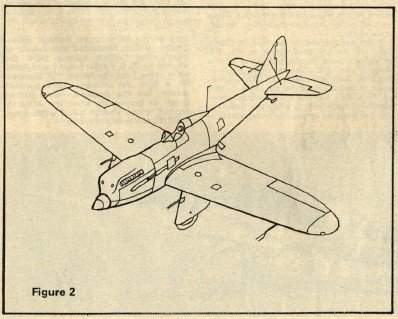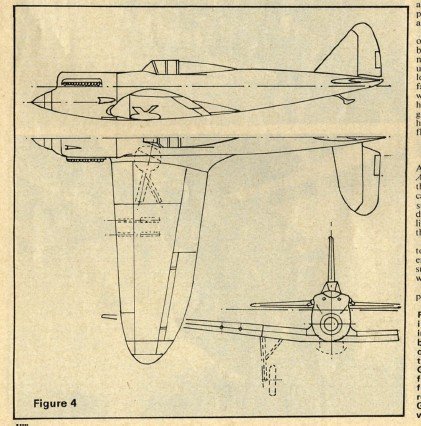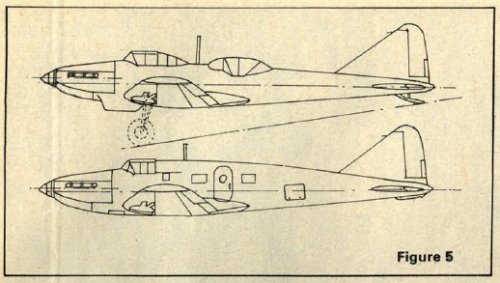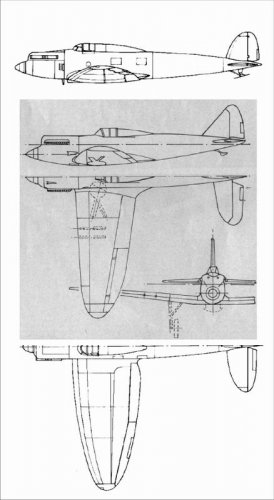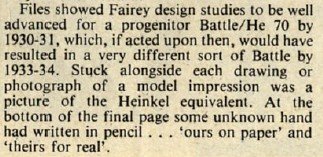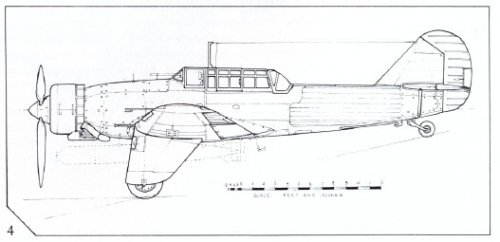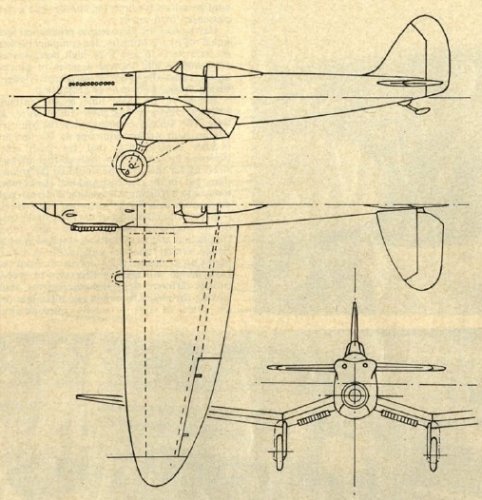Bailey
ACCESS: Secret
- Joined
- 24 July 2009
- Messages
- 308
- Reaction score
- 34
From Scale Aviation Modelling Vol.12 No.4 January 1990. A series of proposals by Fairey.
The first is dated 1929 and shows Faireys impression of a Fairey Felix powered fighter to meet "an improved F.20/27" specification.
The second shows how Faireys Felix powered submission to meet F.7/30, might have looked if the the Rolls Royce Goshawk engine had not been insisted on. Because of this Fairey did not submit a tender.
The third shows possible designs from 1932 of a Fairey engine powered Day Bomber, and a Passenger/Mail Carrier based on common airframe components.
Regards Bailey.
The first is dated 1929 and shows Faireys impression of a Fairey Felix powered fighter to meet "an improved F.20/27" specification.
The second shows how Faireys Felix powered submission to meet F.7/30, might have looked if the the Rolls Royce Goshawk engine had not been insisted on. Because of this Fairey did not submit a tender.
The third shows possible designs from 1932 of a Fairey engine powered Day Bomber, and a Passenger/Mail Carrier based on common airframe components.
Regards Bailey.

